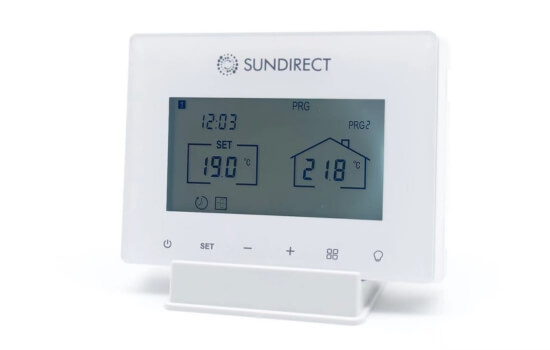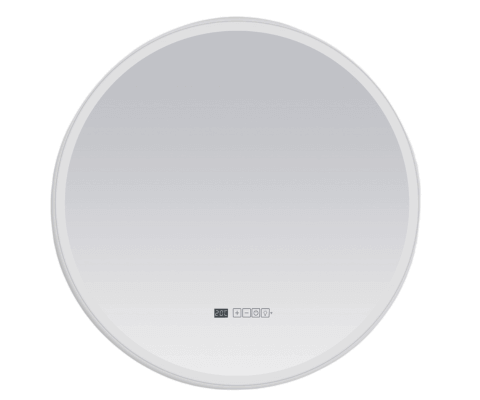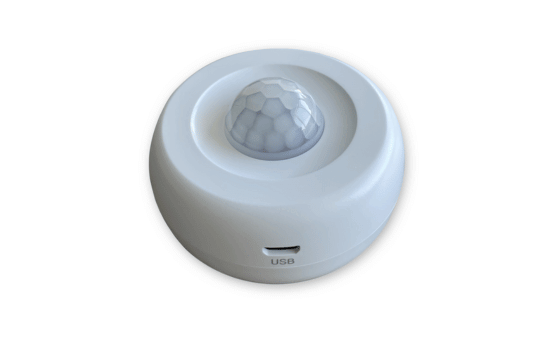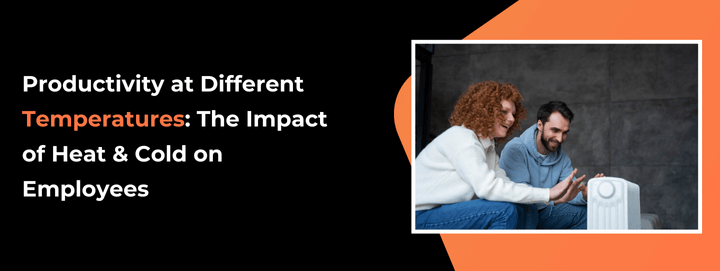In today’s fast-paced work environment, maintaining productivity is essential. Yet, one often overlooked factor is the impact of temperature on employees’ performance. This blog explores how different temperatures affect productivity, highlighting key areas such as uncomfortable work environments, the role of non-radiative heating solutions, and strategies for achieving the ideal workplace temperature.
Understanding Uncomfortable Work Environments
Work environments that are too hot or too cold can significantly affect employee comfort and productivity. When employees are too warm, they may experience fatigue, reduced concentration, and irritability. Conversely, cold environments can lead to discomfort, stiffness, and a lack of focus. Uncomfortable temperatures can also contribute to long-term health issues, such as chronic muscle tension or respiratory problems, further impacting an employee’s ability to perform.
Impact of Non-Radiative Heating Solutions on Comfort
Non-radiative heating solutions, such as traditional convection heaters, can create uneven temperature distributions, leading to hot and cold spots within a workspace. This inconsistency in temperature can exacerbate discomfort, as employees seated in different areas may experience vastly different thermal conditions. Additionally, non-radiative heating often causes dry air, which can irritate the skin, eyes, and respiratory system, further diminishing comfort and productivity.
The Relationship Between Temperature and Productivity
Research has shown a clear relationship between temperature and productivity. Studies indicate that productivity tends to peak within a specific temperature range—typically between 21°C and 23°C (69.8°F to 73.4°F). Outside this range, cognitive performance, decision-making abilities, and overall work efficiency can decline. For example, excessive heat can slow down mental processes, while extreme cold can lead to distraction and decreased motivation. Finding and maintaining this optimal temperature range is crucial for fostering a productive work environment.
Strategies for Achieving Ideal Workplace Temperature
To ensure a productive and comfortable workplace, it’s essential to implement strategies that maintain an ideal temperature. Here are some effective approaches:
- Invest in Radiative Heating Solutions: Radiative heating, such as infrared heaters, provides consistent warmth by directly heating objects and people rather than the air. This method helps eliminate cold spots and reduces the risk of dry air, creating a more comfortable environment.
- Use Smart Thermostats: Smart thermostats allow for precise temperature control and can be programmed to adjust the temperature based on time of day, occupancy, and outdoor conditions. This ensures that the workspace remains within the optimal temperature range.
- Regular Maintenance: Ensure that heating and cooling systems are regularly maintained to avoid malfunctions that could lead to uncomfortable temperature fluctuations.
- Employee Feedback: Regularly gather feedback from employees about their comfort levels and make adjustments as necessary. Involving employees in temperature management can lead to higher satisfaction and productivity.
- Zoning: Create temperature zones within the workplace to cater to different preferences. Some areas may require warmer temperatures, while others may benefit from being slightly cooler, depending on the type of work being performed.
Conclusion
Temperature plays a critical role in employee comfort and productivity. By understanding the impact of heat and cold, investing in effective heating solutions, and implementing strategies to maintain the ideal workplace temperature, businesses can create an environment where employees can thrive. Ensuring a comfortable temperature is not just about physical comfort—it’s about enabling your team to perform at their best.





































Leave a Reply